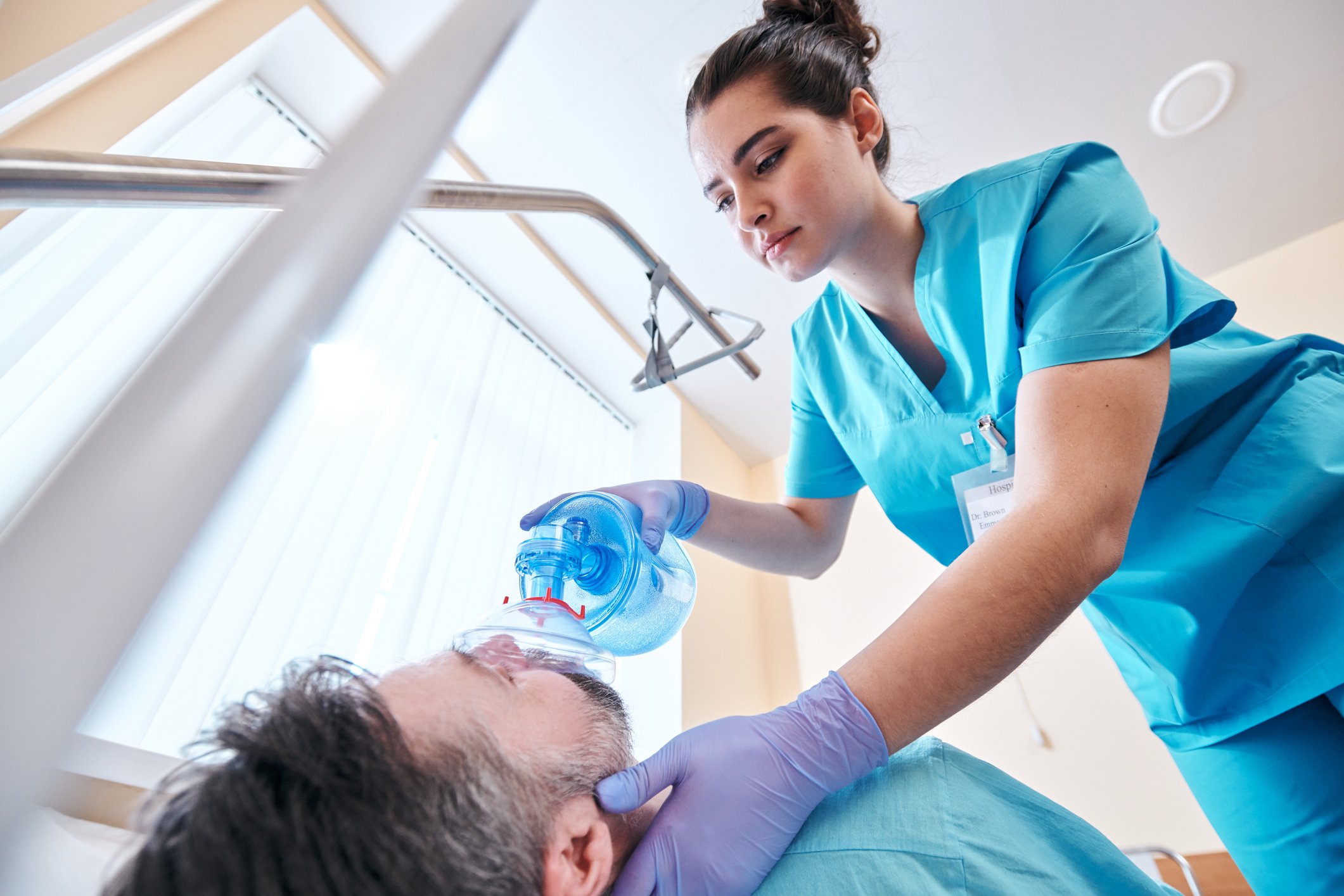
COVID-19 fundamentally changed everything about how many people live. Choices that once seemed innocuous, such as going to the dentist or the grocery store, can now expose people to a lethal virus.
Now that new variants are causing, and will continue to cause concern, airway management in emergency medicine is more important than ever. How you manage a patient’s airway is critical and may determine whether you are exposed to the virus. Here’s what you need to know about airway management for COVID-19 patients.
Assume Everyone Is Sick
The cardinal rule of emergency medicine during any pandemic is to assume everyone is sick. People can transmit the virus even when they are asymptomatic. Even more troubling, COVID-19 tests carry a high false negative rate. No patient is safe. Even when patients test negative, they may carry viral particles on their hands or clothing from recent exposure to sick people.
You must assume that every patient is COVID-positive and proceed accordingly. This means diligent, aggressive handwashing, consistent and constant use of masks, and never reusing equipment.
The Importance of Airway Management for COVID-19 Patients
COVID-19 is much more than a respiratory virus. It has serious implications for the entire body, but the sickest COVID patients almost always need respiratory support. Some research suggests that tracheal intubation is the highest-risk procedure for COVID-19 transmission, so when possible, consider alternatives.
Despite these risks, intubation, anesthesia, and other invasive airway procedures may be life-saving for COVID-19 patients. Do not let the risk deter you. Follow your institutional guidelines for COVID treatment and never delay care.
Any procedure that generates aerosolized particles also presents significant risk. Those procedures include:
- Tracheal extubation
- Bronchoscopy
- Bag mask ventilation
- Noninvasive ventilation
- Nebulizer-administered medication
- High-flow oxygen treatments
- Tracheotomy
- Open airway suctioning
- Colonoscopy
- Upper endoscopy
- Certain dental procedures
Some of these procedures, such as dental surgery, may be performed on seemingly healthy patients who later develop COVID-19 symptoms. Globally, about 13.4% of people with the disease may be asymptomatic but contagious. So even medical personnel whose roles do not require direct work with COVID patients should proceed with caution and always wear appropriate protective equipment.
Airway Management Safety Tips
Safer airway management can save more than just the patient’s life. When you treat COVID patients, you become a potential point of contamination and contagion, so diligent hygiene and attention to safety may save everyone with whom you come into contact. These strategies can help:
- Properly dispose of and store your equipment. All it takes to transmit the infection is for a piece of clean equipment to be sneezed on or come into contact with contaminated equipment. Do not store equipment in open or shared spaces, and never set aside contaminated equipment to sterilize “later,” because amid a pandemic, later may never come.
- Always wear gloves, changing gloves between patients and after touching any surface that might be contaminated.
- Wear full personal protective equipment correctly and at all times during the treatment of potential COVID patients.
- Encourage colleagues to practice appropriate safety measures. A culture of accountability keeps everyone safe.
The right suction machine more effectively manages a patient’s airway. It can also reduce the risk of transmitting the virus to yourself or others, especially when you use disposable attachments and carefully seal and store everything. Equipment that is easy to use reduces the frequency with which you have to touch or adjust attachments, consult manuals, or otherwise come into contact with potentially contaminated surfaces. Ease of equipment use may expedite your ability to provide life-saving care while slowing the spread of the disease.
COVID patients can decline quickly, transitioning from alert consciousness to severe hypoxia without warning. Portable emergency suction helps you tend to them wherever you find them. This is increasingly important when ICUs and emergency departments fill and overflow. For help choosing the right portable suction machine for use during this crisis and beyond, download our free guide, The Ultimate Guide to Purchasing a Portable Emergency Suction Device.
Editor's Note: This blog was originally published in August, 2020. It has been re-published with additional up to date content.















